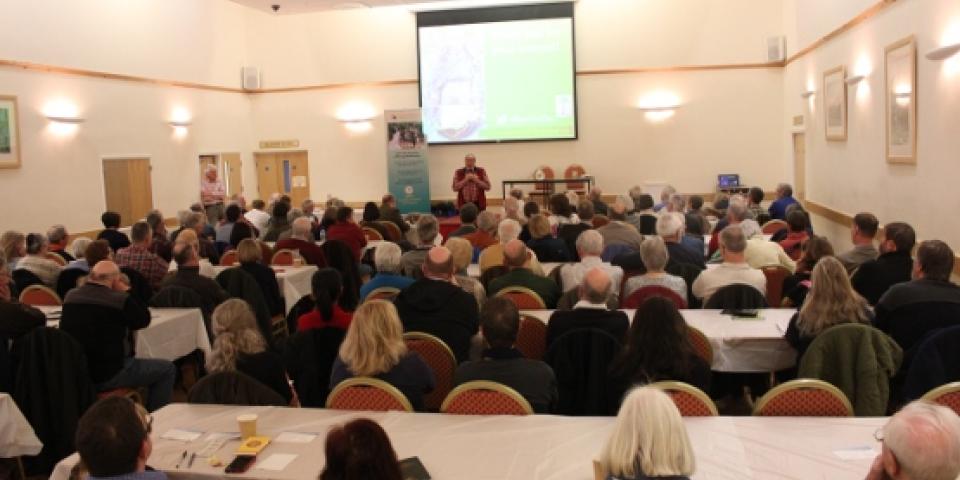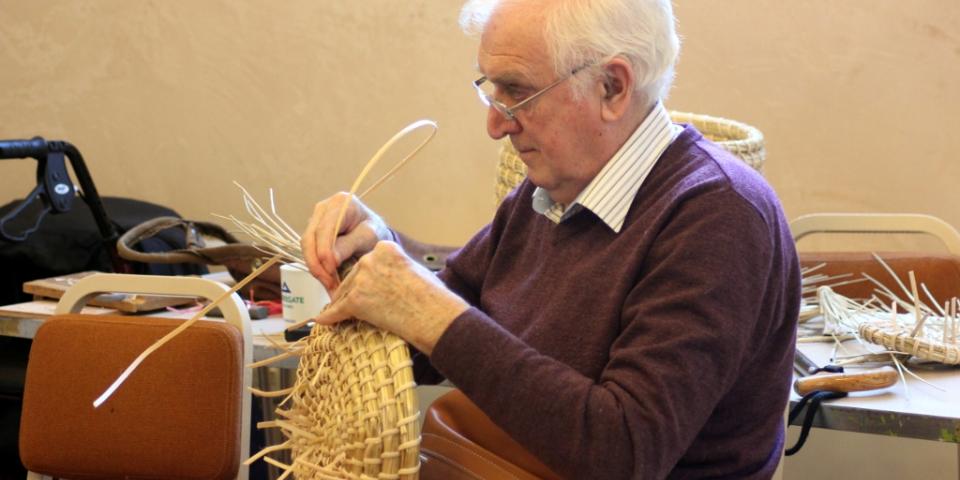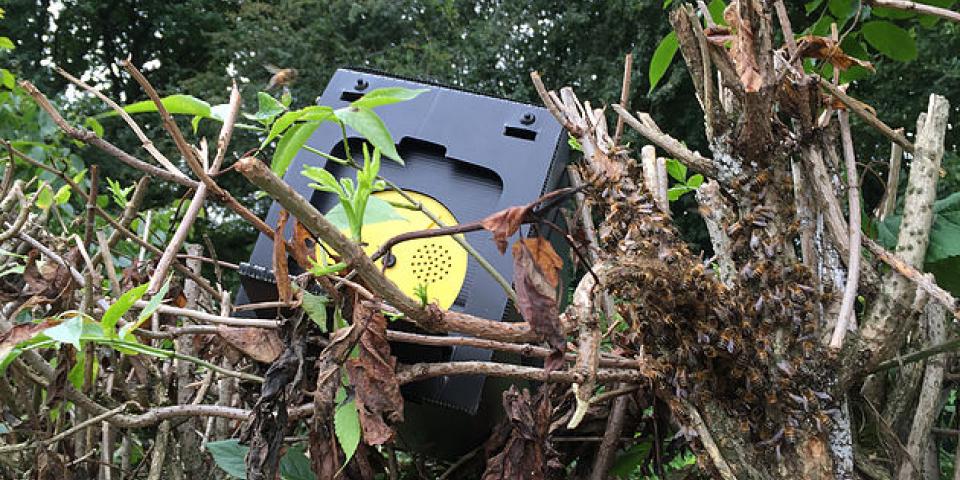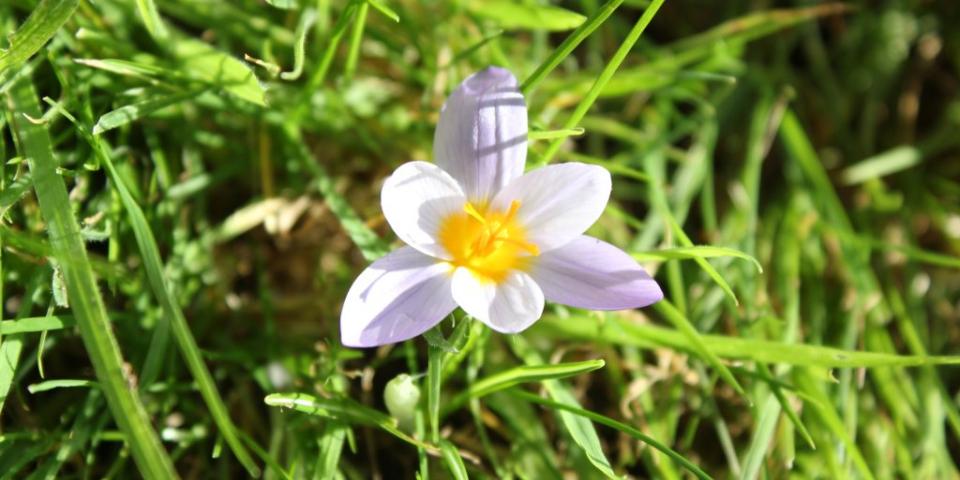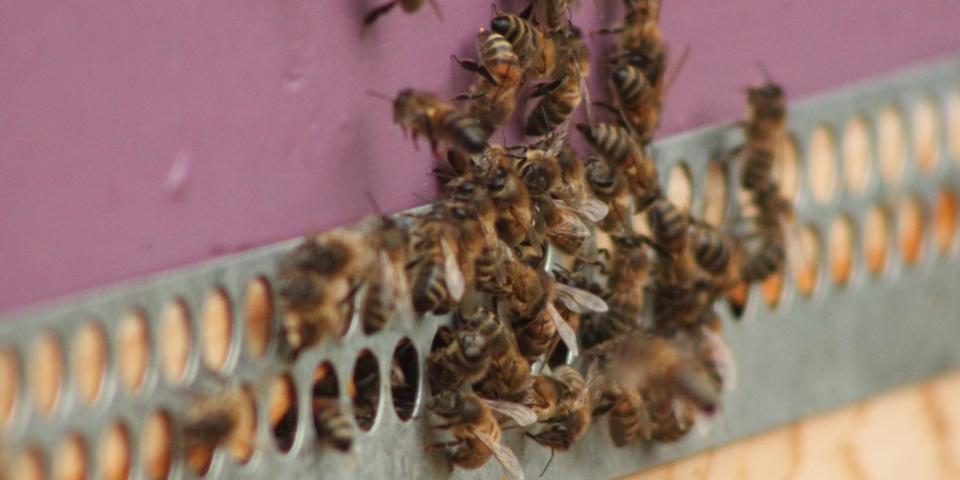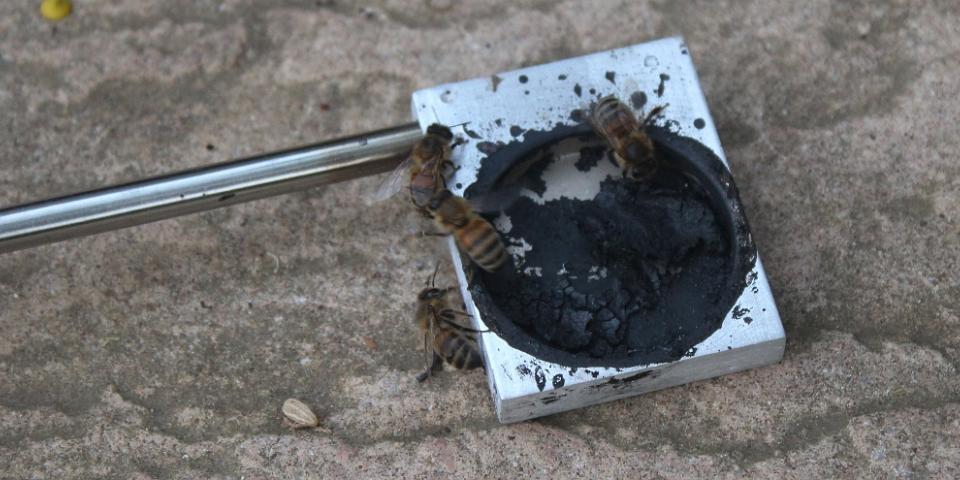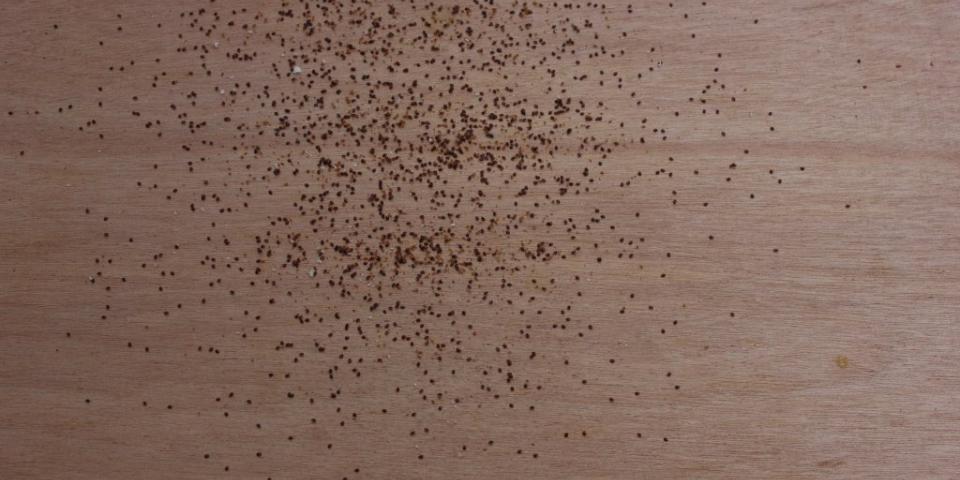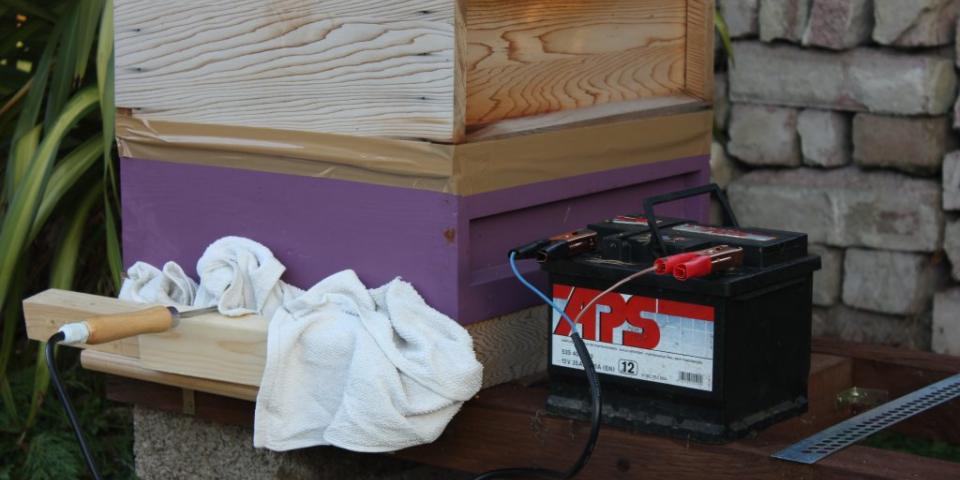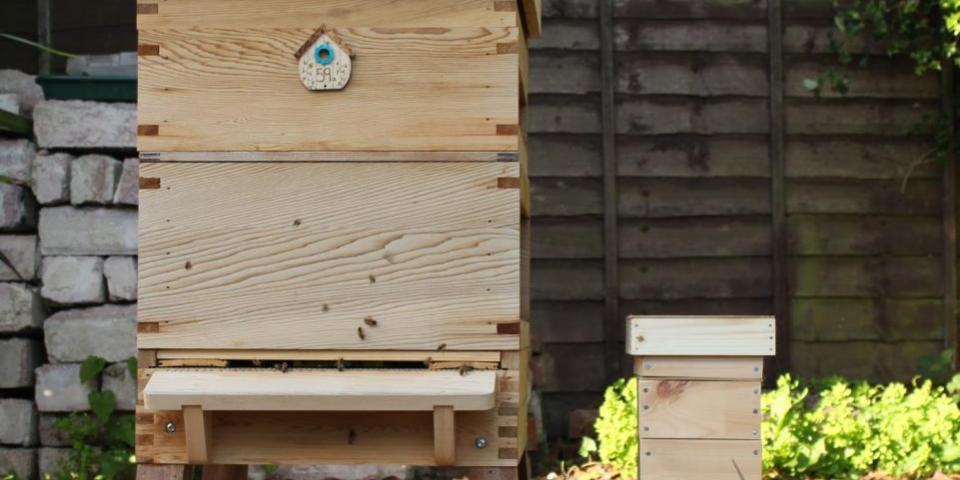- Posted By: beekeeper
- Comments: 0
Holsworthy Spring Convention 2017
This weekend was the Holsworthy Spring Convention which started with Graham Royal, Master Beekeeper and Seasonal Bee Inspector, giving an awesome presentation on “Apis through the looking glass” taking a close-up look at the honey bee – literally! Using photos he had taken under the microscope, he took us through the honey bee’s anatomy which was an incredible insight shown in intricate detail.

